Lower interest rates, level of personal contribution, PTZ … How not to get lost in the labyrinth of financing.
No real estate purchase without mortgage. Last year, 62% of housing purchases were financed on credit, up from 56% in 2016, according to the housing accounts commission. This acceleration in credit purchases partly explains the dynamism of the real estate market, with nearly 1 million transactions in old buildings in 2017 and the construction of 390,000 new homes. At the start of 2018, most banks set a target of financing as many home loans as they had a year earlier, but business was calmer than expected in the first quarter. Suddenly, they reopened the credit floodgates at the beginning of the summer by granting very attractive rates. According to the National Agency for Housing Information (Anil.org), fixed-rate loans are now trading around 1.50% over fifteen years (from 1.20 to 2.25% depending on the quality records and banks), 1.70% over twenty years (from 1.33% to 2.35%) and 2% over twenty-five years (from 1.6% to 2.45%). “In practice, we can get nearly 0.1% less while the banks are waging a fierce war to retain their market share,” notes Maël Bernier, research director of Meilleurtaux.com. Clearly, for a monthly payment of 1,000 €, you can borrow between 150,000 and 165,000 € over fifteen years, from 190,000 to 210,000 € over twenty years and at least 225,000 to 250,000 over twenty-five years. The personal contribution? Not that important The difference between a “good” and “bad” record? The solvency of the buyer (income, savings, debt ratio in relation to income …) but above all the “woolen socks” that he can bring at the time of the purchase. The famous personal contribution. In principle, it reassures banks about the repayment capacity of borrowers. But, in fact, the bankers are showing more and more conciliatory. Among the first-time buyers, many are those whose contribution is limited to the cost of purchasing the property (7 to 10% depending on the amount), or even nothing at all. “If the contribution on ancillary costs remains the rule, banks are more and more open to files at 110%”, notes the broker Meilleurtaux.com. “At the current level of interest rates, it is better to borrow as much as possible and keep your savings rather than mobilizing them for your real estate purchase,” said Maël Bernier.

L’Express
Since this year, it has been “targeted” around two axes: new housing in urban areas and renovation in the rest of France. “In zones A and B1, corresponding to tense areas in the Paris region and large provincial towns, the PTZ is limited to new housing, explains Alain Dehaudt, while in zone B2 and C, covering the rest of France, the PTZ can finance up to 40% of a purchase-renovation of old housing comprising at least 30% of work. ” To be entitled to it, buyers must not have owned their home for more than two years and must respect income ceilings. For a couple with two children, the reference tax income must not exceed 48,000 euros in zone C and 74,000 euros in zone A. When we know that the reference tax income is equivalent to a gross salary approximately 45% higher, more people are eligible for PTZ than you think.
The maximum amount of PTZ varies according to the family composition and the project area. In zone A, a couple with three children having a pavilion built for € 345,000 can borrow up to € 138,000 in PTZ. The maximum amount of PTZ varies more commonly around 92,000 to 108,000 € for a couple with two children in the provinces, and a maximum of 70,000 € in zone C (rural and villages), where the costs of land and buildings are less. high. The icing on the cake, many local authorities (municipalities, departments, etc.) grant a bonus to PTZ beneficiaries, which can go up to € 3,000, for example for purchase-renovation projects in the Oise.
“The PTZ also makes it possible to benefit from a deferred repayment of five years, or even up to ten or fifteen years depending on the borrower’s resources,” explains Alain Dehaudt. In this case, it is necessary to be able to adjust the repayments of the principal bank loan, to have constant monthly payments over the duration of the loans, by increasing the repayments on the bank loan during the deferred period of the PTZ, and by reducing them when we also repay. the PTZ. Another source of funding, for employees of companies of at least ten people, “1% housing” loans, can be granted to them by the organization ActionLogement.fr according to their resources. The ceilings for these loans, which can go up to twenty years, vary from € 10,000 in zone C to € 25,000 in zone A.
